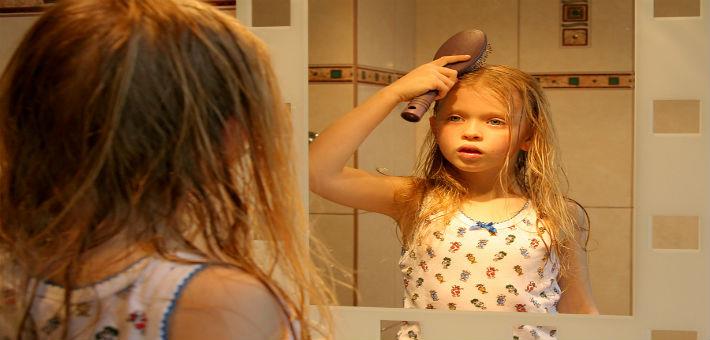
“Who am I?” – How Kids Use Brands to Describe Their Self-Image
According to a study in the Journal of Consumer Research, children as young as eight use brands to describe who they are. The study also shows that younger and older children differ in the amount of brands they use to define themselves and in the reason for choosing certain brands.
Take aways
- Children as young as eight use brands to define their self-image.
- Brands become more important in defining children's self-image as they grow older.
- The reason for linking certain brands to their self-image is different for younger and older children:
- Kids (8-9 years) primarily link brands to their self-image because they know or own the brands.
- Tweens (12-13 years) and teens (16-18 years) link brands to their self-image because they associate the brands with certain symbolic meanings, such as their own personality and group membership.
Study information
The question?
How do children relate brands to their self image and how does this develop with age?
Who?
54 8- to 9-year-olds, 53 12- to 13-year-olds, and 15 16- 18-year-olds (approximately half boys and half girls)
Where?
United States
How?
Childre answered the question “Who am I?” by creating a collage. They could choose pictures and labels from a predefined set of categories: personality treats (e.g., happy), favorite television-movie characters (e.g., Pokémon), hobbies (e.g., computer games), sports (e.g., basketball), and clothing brand names (e.g., Nike). Clothing brands were chosen because a pre-study showed that these were the only brands that children link to their self-image. After children had created the collage, they were asked to explain why they included certain brands on their collages.
Facts and findings
- Eight- to nine year olds included fewer brands on their collage than the older children, indicating that brands become more important in defining themselves when children are getting older.
- The younger children primarily included brands on the collage because they knew or owned the brands.
- The older children included brands on the collage because they associated the brands with certain symbolic meanings, such as their own personalities (e.g., this brand is just like me) and group membership (e.g., all cool kids have wear this brand and I want to be one of them).
- Remarkable fact: Children and teens prefer to use clothing brands to describe who they are (i.e., self-image).